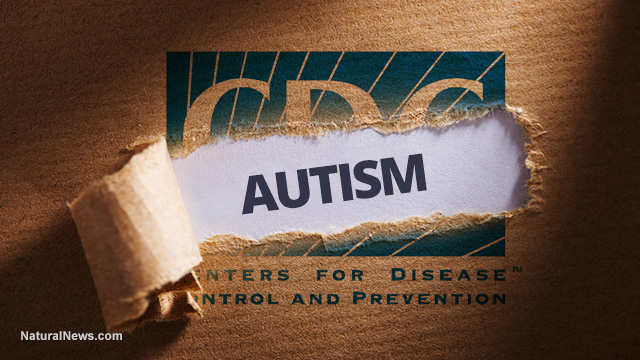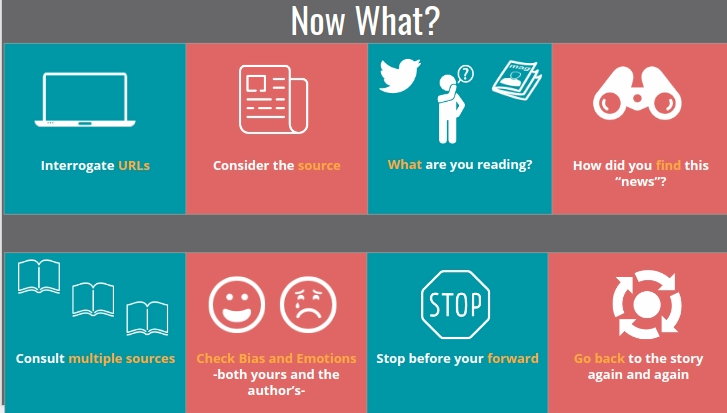Hey there! Thanks for joining me this week on Bits N’ Bytes for a quick byte on Fake News.
Odds are that you have already seen fake news on media outlets or on social media and either skipped right passed it, it caught your eye, or maybe you even told your friends about it. About politics, social issues, science, and entertainment- as long as there is an open internet, there will always be a flow of misinformation.
WE HAVE TO KNOW HOW TO AVOID THIS!
Today, I am going to teach you why fake news is a safety vulnerability, how to detect fake news and what you can do to protect yourself! Let’s begin.
Fake news is misinformation or “hoaxes” that get published and spread virally on the internet containing information that is not true, but things to stir up the public. Sometimes, we can tell (Thanks to our instincts) if something is fake or not, but with technology developing and the masterminds behind these hoaxes get more complex techniques, information is spread quicker. Once media outlets report the fake news, the public believes what the majority believes. This phenomenon of spreading misinformation is known as circular reporting. It all comes down to if the source is credible and if the information is repeated on reliable websites.
if something is fake or not, but with technology developing and the masterminds behind these hoaxes get more complex techniques, information is spread quicker. Once media outlets report the fake news, the public believes what the majority believes. This phenomenon of spreading misinformation is known as circular reporting. It all comes down to if the source is credible and if the information is repeated on reliable websites.
Here’s a compiled list of websites that distribute fake news: Have you seen these websites?
- The Onion
- Info Wars
- World News Report
- The Boston Tribune
- National Report
- …And many more!
They sound real, right?
SO HOW CAN WE TELL THE FAKE FROM THE REAL?
Although a lot of it is using instinct, the source and the author also are deciding factors. Have you heard this news a lot from reputable sources? Does it sound logical? Who is posting this, and where are they getting it from? What are other pieces the author has written? These are all some questions to ask yourself before clicking. Once we click on CLICKBAIT, which are the links and images meant to catch your eye, the other party can gain access to your information, device, and even place malware onto your device. 
Once we click on CLICKBAIT, which are the links and images meant to catch your eye, the other party can gain access to your information, device, and even place malware onto your device.

Social Media: You may have seen fake news on facebook that looks like headlines that are REALLY relevant to the times and look REALLY inviting to read. We have to keep in mind that they are MEANT to be that way! Before you click, always check MULTIPLE SOURCES. High-schoolers tend to find these pictures and links really interesting, believing they are real!
 News travels fast and can cause irrelevant action. For example, in the vaccine fake-news crisis that said that vaccines cause autism, we saw how news spread faster than we could comprehend what was happening. This resulted in thousands of parents protesting, while the original news source already comprehended that it was NOT TRUE!
News travels fast and can cause irrelevant action. For example, in the vaccine fake-news crisis that said that vaccines cause autism, we saw how news spread faster than we could comprehend what was happening. This resulted in thousands of parents protesting, while the original news source already comprehended that it was NOT TRUE!
Good News: WE CAN REPORT THIS NEWS & Prevent it’s spread!
What we really want to do once we see this is to report the news to Facebook as fake. It is actually very simple:
- Click on the small triangle icon on the side of the post, and scroll down to the fake news key! Many social media outlets are including this, as it is an issue becoming rampant through social media. These come to be the best places to quickly spread information while collecting personal information!


Was this shark on the flooded street?
Can pictures be fake too? Oh, yes! Photoshop is becoming a powerful tool used to fool one’s mind into clicking on an image or link. However, the pictures are meant to trick our eyes and are meant to look as real as possible, so using your brain and your instinct is the best bet for not falling victim to the tricks of our mind. Here’s a cool link to check out with some incredibly real (but, not) examples of viral images that were actually not real!
http://gizmodo.com/69-viral-images-from-2016-that-were-totally-fake-1789400518
If you ever forget, which you never will now, here’s a little key to help you check before clicking on a link you THINK will be a good read.

Source: DHS Library Media
A big part of this skill is also sharing this with those around you! If you see something fake that those around you are sharing, there’s always the reporting part, but we should also make sure to TELL the other party kindly that the news is in fact, not real! The spread of misinformation can get out of hand- fast!
Thanks for reading, and make sure to join us next week!
As always, stay safe online and be a cautious clicker!
Detective Safety
A big THANK YOU to the Deerfield High School Library for helping me put this lesson together!


